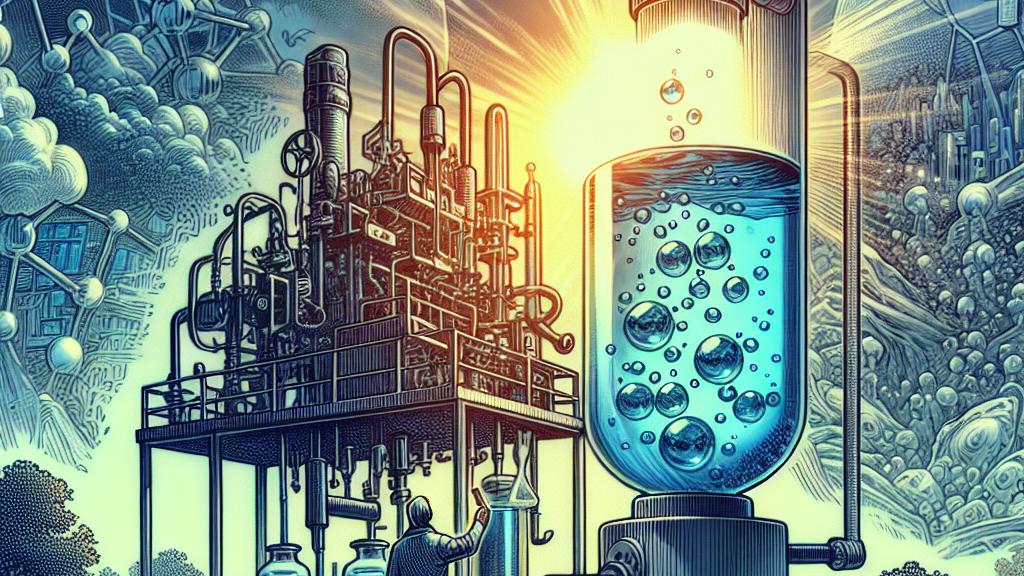Discovering Efficient Hydrogen Production with Catalysts
Overview
- Groundbreaking catalyst research from Japan has the potential to reshape low-cost hydrogen production.
- A single catalyst particle efficiently splits water into hydrogen and oxygen, revolutionizing energy generation.
- This innovative technology could catalyze the global pursuit of carbon neutrality.

The Brilliance of Catalyst Research
Envision a future where clean energy is not just a dream, but a readily available reality for everyone. This vision is gradually unfolding in Japan, where dedicated researchers, such as Professor Inase Doumen from Shinshu University, are making incredible strides in hydrogen production. They've introduced a revolutionary catalyst that allows water to be split into hydrogen and oxygen using a mere particle. By simply shining light on a mixture of water and this catalyst, hydrogen emerges in a cost-effective manner. This transformation of energy production not only promises a sustainable fuel source but also makes it possible to manufacture plastics without harmful carbon emissions, thereby making a significant contribution to the fight against climate change.
A Leap Towards Practical Applications
Professor Doumen's pioneering research has earned him significant recognition, with whispers of potential Nobel accolades. The ingenuity of his approach lies in amalgamating materials like gallium nitride and zinc oxide into a single catalyst, thereby streamlining hydrogen and oxygen production. This integration means that the process no longer requires two separate catalysts, eliminating complexity and vastly improving efficiency. Picture this: every necessary reaction occurs in one step, significantly amplifying output. Coupled with the capability to harness a broader spectrum of sunlight, the team’s technology not only captures more energy but also transforms theoretical concepts into practical solutions poised for future implementation.
Collaborative Efforts Leading to Sustainability
In the high-stakes arena of energy technology, collaboration is key. The concerted efforts between universities, private industry, and governmental agencies like NEDO (New Energy and Industrial Technology Development Organization) are instrumental in bridging the gap between groundbreaking research and practical applications. For instance, the development of large-scale hydrogen production systems that utilize these novel catalysts reflects a significant stride toward sustainable energy solutions. Operational test sites demonstrate a commitment to harnessing innovative research for real-world impacts, showcasing a community deeply invested in a greener future. This synergy illustrates the power of teamwork in creating a cleaner, more energy-efficient tomorrow.
Enhancing Safety and Regulation Protocols
As excitement builds around hydrogen technology, it is crucial not to overlook safety. Japan is proactively establishing comprehensive safety guidelines for hydrogen fuel utilization across various sectors, from transportation to energy generation. For example, stringent safety protocols have been crafted for hydrogen fuel cell ships, ensuring operational safety while effectively addressing potential risks. By prioritizing safety in conjunction with innovation, Japan is not only fostering public trust but also paving the way for the broader adoption of hydrogen technologies. This commitment to safety is essential as we embark on this journey towards a more sustainable and carbon-neutral future.

Loading...